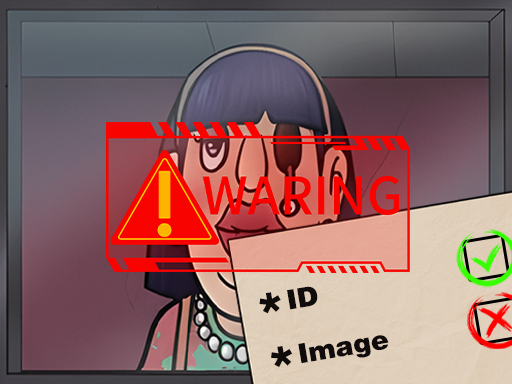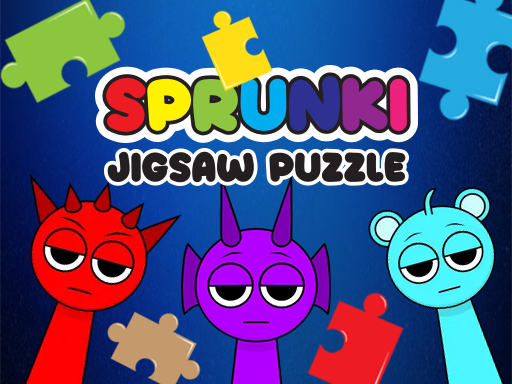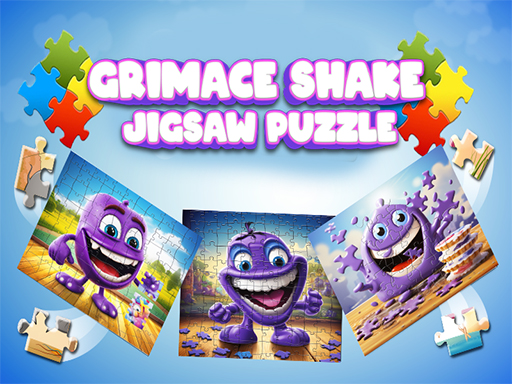
Enter the World of Mystery
The Story Behind the Game
Ever wondered what it feels like to live next to someone—or something—that isn’t quite human? Welcome to That’s Not My Neighbor, a detective puzzle game where you take on the role of the building’s new janitor. Your mission? Detect the monsters disguised as neighbors before they enter the building.
The premise is simple yet sinister: some monsters are excellent mimics, while others falter, revealing subtle flaws. Perhaps a misplaced hat, odd posture, or unusual facial expression gives them away. You must pay attention to every detail while completing neighbor checklists.
“Wait… that’s not the same tie as yesterday! Could it be…?”
It’s a mix of suspense, observation, and quick thinking. Every wrong guess can have consequences, adding tension and excitement to the gameplay.
Why Players Love It
The appeal is twofold: cognitive challenge and emotional engagement. You’re not just clicking objects—you’re analyzing behavior, spotting differences, and thinking like a detective. The game builds curiosity, sharpens attention to detail, and keeps players on the edge of their seats.
Transition: To excel, you need a clear understanding of game mechanics and controls.
Game Mechanics and Controls
Understanding the Core Mechanics
In That’s Not My Neighbor, success hinges on observation and memory.
-
Objective: Identify monsters before they infiltrate the building.
-
Checklist System: Track traits of each neighbor (hair, clothing, accessories, behavior).
-
Imitation Flaws: Monsters often slip up—notice these subtle mistakes!
The game is structured into progressive levels. Early levels feature obvious differences; advanced levels introduce cleverer monsters with near-perfect imitation, requiring sharp focus.
Controls and Navigation
-
Mouse Click: Select neighbors and interact with doors, checklists, and objects.
-
Keyboard Shortcuts: Use keys (if available on PC version) to toggle checklists quickly.
-
Mobile Touch: Tap neighbors or checklist items to mark traits or flag suspicions.
| Feature | Tip | Why It Works |
|---|---|---|
| Checklist Accuracy | Fill in every trait | Helps cross-reference inconsistencies |
| Neighbor Timing | Observe patterns before acting | Prevents false accusations |
| Monster Indicators | Watch for odd behaviors | Early detection saves points |
Transition: Now that you know the mechanics, let’s explore step-by-step strategies for children and beginners.
Step-by-Step Strategies for Children
Easy Steps to Become a Junior Detective
Children can enjoy learning while playing by focusing on pattern recognition and observation:
-
Start Simple: Focus on obvious flaws first—incorrect clothing or hair.
-
Use the Checklist: Teach children to fill traits systematically.
-
Compare Neighbors: Encourage comparisons between repeated visits or interactions.
Mini-Dialogue Example:
-
Child: “The man has blue shoes today… but yesterday they were red!”
-
Parent: “Good eye! That’s exactly what a detective would notice.”
These small victories foster pride, attention to detail, and patience—skills that extend beyond gaming.
Transition: General players and teens can employ more advanced strategies for tricky monsters.
Strategies for General Players
Observational Efficiency
As monsters become smarter, you’ll need sharper detection skills.
-
Pattern Recognition: Watch neighbors for repeated behaviors.
-
Flaw Identification: Look for subtle differences in posture, accessories, or expressions.
-
Checklist Mastery: Use checklists proactively to cross-check traits quickly.
Strategy Table
| Strategy | How to Apply | Why It Works |
|---|---|---|
| Timing & Patience | Wait to observe multiple behaviors | Avoids mistakes and false positives |
| Checklist Review | Double-check entries before action | Confirms suspicions |
| Environmental Clues | Look at doorways, items, and context | Monsters often leave subtle hints |
Bullet-Point Quick Tips
-
👀 Focus on repeated behavior patterns.
-
📝 Always update the checklist in real time.
-
⚡ Act only when confident—premature guesses cost points.
-
🔄 Revisit suspicious neighbors to confirm doubts.
Transition: For expert players, mastering memory and deduction techniques is the next level.
Advanced Strategies for Experts
Sharpening Memory and Deduction
Expert players combine observation with cognitive strategies:
-
Memory Maps: Remember neighbor traits across levels to spot inconsistencies.
-
Flaw Prioritization: Some flaws are more telling than others—learn which ones matter most.
-
Time Management: Act swiftly once confident, but avoid rash moves.
“Ah, the monster always taps twice before entering—finally, the pattern emerges!”
Advanced Bullet-Point Tips
-
🔍 Track repeated behaviors across multiple neighbors.
-
🧩 Focus on high-impact traits like jewelry, tie color, or posture.
-
⏱ Manage your time; level timers reward speed and accuracy.
-
📊 Use the checklist as a mini-database to track anomalies.
Transition: Beyond strategies, the game offers emotional engagement and replayability.
Emotional Engagement and Replayability
Why You’ll Keep Playing
Each level blends suspense, strategy, and mini-victories. Detecting a monster delivers pride and excitement, while a misstep creates tension. The evolving difficulty keeps curiosity alive, and discovering clever monster disguises creates “aha!” moments.
“Did you see that hat? That’s not my neighbor—that’s a monster!”
Replayability is high because levels and disguises vary each session, ensuring each playthrough feels fresh and challenging.
Transition: The game also subtly teaches life skills.
Educational Benefits
Skills Developed
- Attention to Detail: Spot differences and subtle patterns.
- Memory Strengthening: Track neighbor traits across multiple levels.
- Problem Solving: Deduce which neighbor is suspicious using logical reasoning.
- Decision-Making: Balance speed with accuracy to succeed.
For cognitive reinforcement, Khan Academy offers puzzles and logic exercises that complement these observation skills.
Transition: Sharing progress and strategies can also enhance your gaming experience socially.
Conclusion
That’s Not My Neighbor is more than a puzzle game—it’s an immersive detective experience. From children learning pattern recognition to expert players mastering memory and deduction, every choice matters. Balancing observation, checklist management, and timing is crucial to succeed.
Sharpen your eyes, fill out those checklists, and catch every monster before it slips past—the building is counting on you! 🕵️♂️🏢✨
For Your Social 🌟
Share your detective progress, monster discoveries, and tips with friends!
Suggested Hashtags:
#ThatsNotMyNeighbor #DetectiveGames #PuzzleGaming #ObservationSkills #MemoryChallenge #CasualGaming #BrainTeasers






